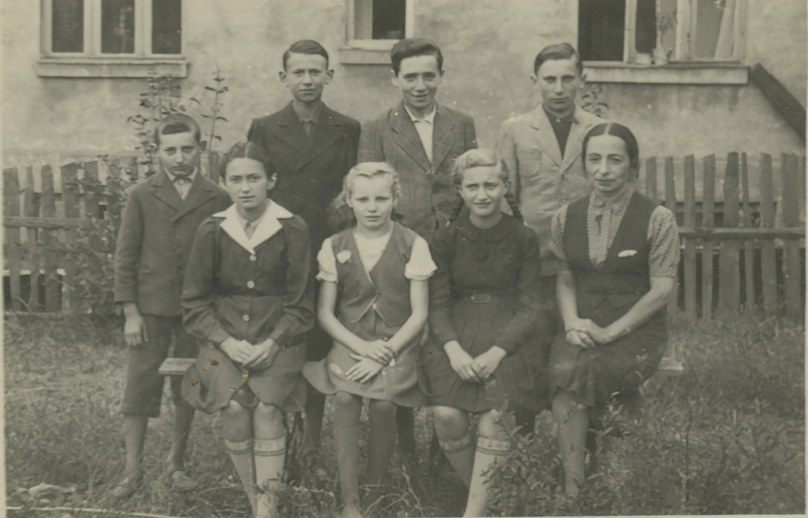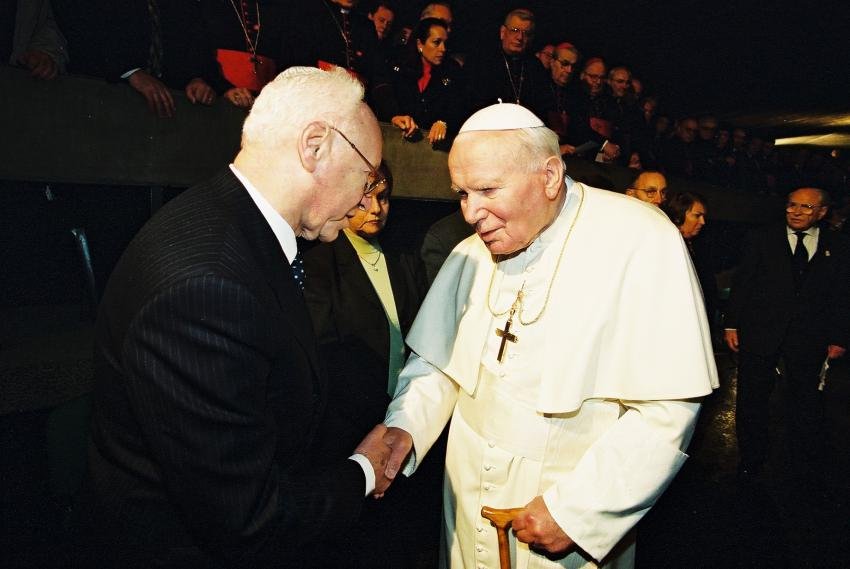Zborowski Family
The family branch spent centuries in Poland before immigrating to New York and building a life in business and philanthropy. All the while never forgetting its shtetl roots and inclinations.
1495
The first recorded Zborowski in Poland was in 1495, Marcin castellan of Krakow. It is unclear if there is a family connection but the proximity of the ancestry and facial features suggest there is some relation.
1815 - 1915
In the 19th century we can trace back the lineage to Lewek Dauman and Moshe Zborowski. Lewek Dauman was born in 1815 likely in Częstochowa. His grandson, Szmul, became the 20th century patriarch. Szmul was the eldest of 9 children. He and his siblings lived in Zarki near Częstochowa.
Up to the Second World War, like many other cities in Europe, Częstochowa had a significant Jewish population: according to Russian census of 1897, out of the total population of 45,130, Jews constituted 12,000 (so around 26% percent.) An anti-Semitic pogrom occurred in 1902. A mob attacked the Jewish shops, killing fourteen Jews and one gendarme.
1920-1938
Back in Zarki at the turn of the century Moshe Zborowski, orphaned at a young age came to live with his cousin Szmul on his mother’s side. It was then that he met Zisel Dauman and they soon got married in the early 1920s. Moshe took on a tannery business, making leather for boots and other items in town. Eli, the eldest of 3 children was born in 1925 and describes life in the 8,000-person shtetl as normal. Playing soccer, collecting stamps, attending cheder and riding his bike - a luxury at the time.
1939-1945
When the war broke out in 1939 in Poland, the home of Moshe and his three children was under siege. The town was bombed and chaos ensued. Eli the eldest of the siblings was sent to go into hiding with a gentile neighbor. He eventually joined the underground resistance shuttled news between groups in hiding. He was able to travel under a disguise of a young german woman named “Lucianne Henrik Vesowowski.”
After moving hiding locations to remain undetected by Nazi and Polish soldiers, Eli and siblings learned that their father was shot and killed. They remained hidden by the Placzek and Kolacz families, who were later recognized as Righteous Among the Nations. At the end of the war the children and mother were relocated to Feldafing, a refugee camp near Munich. After marrying his wife Diana Wilf in the camp, the newlyweds immigrated to New York.
“When I was 16, in 1941, the Poles killed my father. That same year, as the Nazi occupation escalated, the remaining members of my family — my mother, my two younger siblings and I — were given refuge by Polish neighbors who kept us hidden for 18 months at the risk of their own lives. Given this, how can one possibly generalize about the Polish people?”
1945-1955
When the war ended the surviving family members reunited in Feldafing, a refugee camp in liberated Germany. Each displaced person received rations from the Red Cross to sustain themselves or trade locally for other goods. After 7 years in the camp, Eli and Diana were granted asylum in America.
In New York, they eventually were joined by Mendel (Marvin), Eli’s brother, Zisel, their mother, Celina, Marvin’s new bride. They lived in a one-bedroom apartment in the Bronx for several years all together until they could afford to move. In that time they had two children, Lilly in 1952 and Murry in 1955.
“I was totally smitten by Diana and could think of nothing else. I had no idea where she lived but I had an overwhelming urge to see her again.”
1955-1985
Despite the significant language and cultural barriers, Eli and Marvin were able to build various businesses with the help of their communities in New York, Latin America, Europe, and Israel.
By the late 60s Eli was the President of Sheaffer, a company distributing high end pens. This allowed them to live more comfortably going from their first home in the Bronx to a single family home in Queens.
With a newfound freedom and security in his life in the U.S. Eli set to dedicate his time to the memory of the Holocaust. He collaborated with Presidents Jimmy Carter, Ronald Reagan to commemorate Jewish holidays in the White House. He helped distribute reparations for Holocaust survivors through the Claims Conference. He even personally returned to his hometown Zarki and visited the Polish families that successfully hid him and his siblings during the war.
“Mr. Zborowski served on the board of Yad Vashem and helped come up with the idea, which it adopted, of remembering communities, not just individuals, lost in the Holocaust. He was the founding and only chairman of what was — in fact, if not in name — a single organization (American Society for Yad Vashem). Under him, it grew to 50,000 members.”
1985-2000
Towards the end of the 20th century an entire new generation of Zborowskis were born. Between Eli, Tzila, and Marvin there were 23 grandchildren on two continents who were able to live in a completely different era — one without scarcity or world wars.
This third generation never knew its family’s language of Polish or Yiddish. Instead they spoke English and Hebrew.
2000-Present
Through his philanthropic work, Eli was able to meet world leaders such as Kofi Annan, Pope John Paul II, Yitzhak Rabin, Shimon Peres, and Mikhail Gorbachev. The meeting with the Pope, a fellow Polish man of the same generation, was the most meaningful full circle moment coming out of the trauma of losing his father to Polish neighbors.
“The sight of the frail pope speaking with such strong feeling in the dark hall, where the names of death camps are etched into the black floor, had its own resonance. So did the symbolism of the moment when the pope, who usually sits in an armchair while people file before him, shuffled humbly across the darkened room alone, leaning on his cane, between the words ‘’Buchenwald’’ and ‘’Auschwitz’’ to shake the hands of six Holocaust survivors.”
“Eli Zborowski, one of seven survivors who shook hands with the the pope, said: ‘’The pope’s very gesture of coming here marks a turning point for Jews and Christians. He will be well written in the history of the human race and of the Jewish people.’’”


























